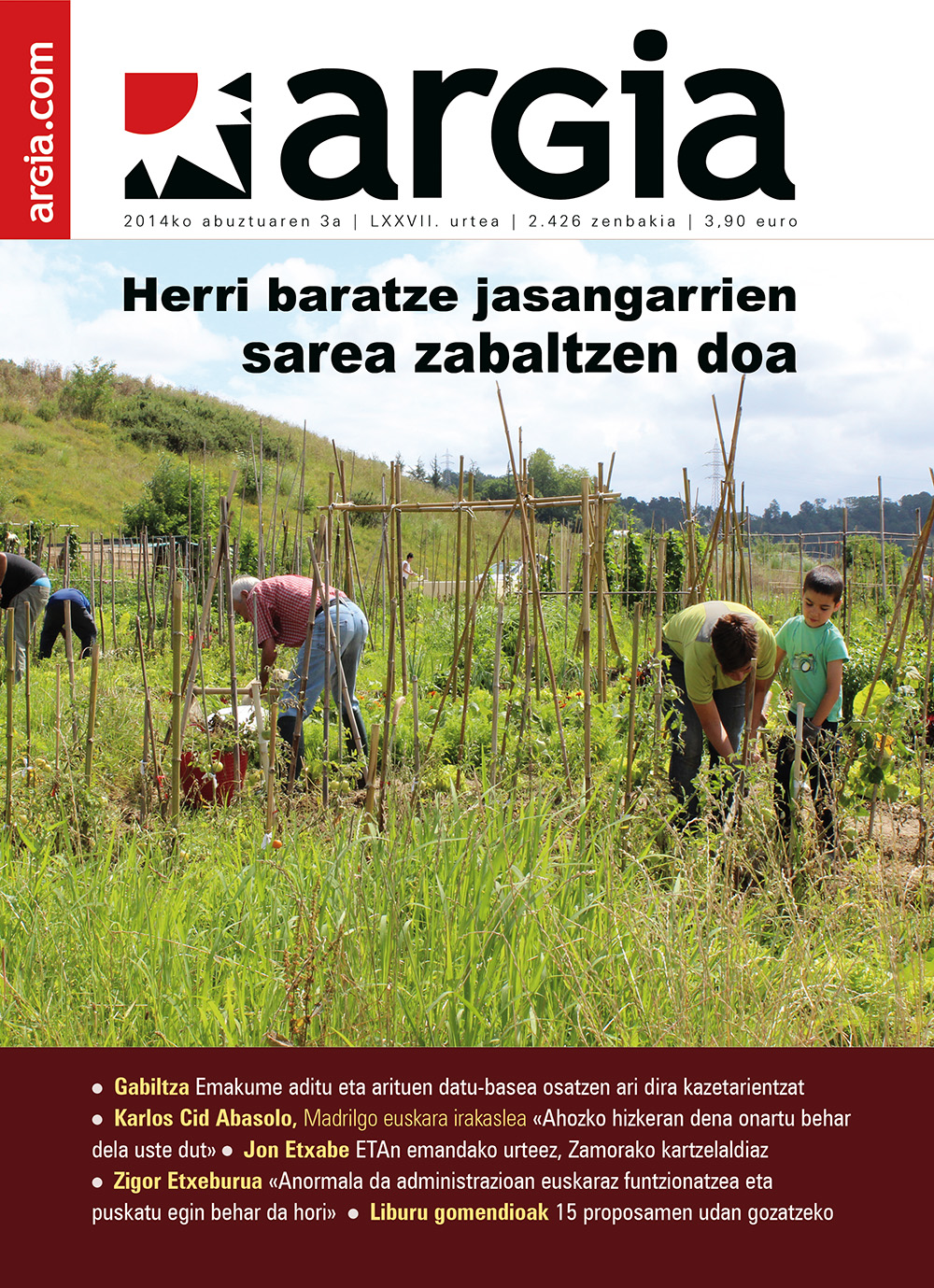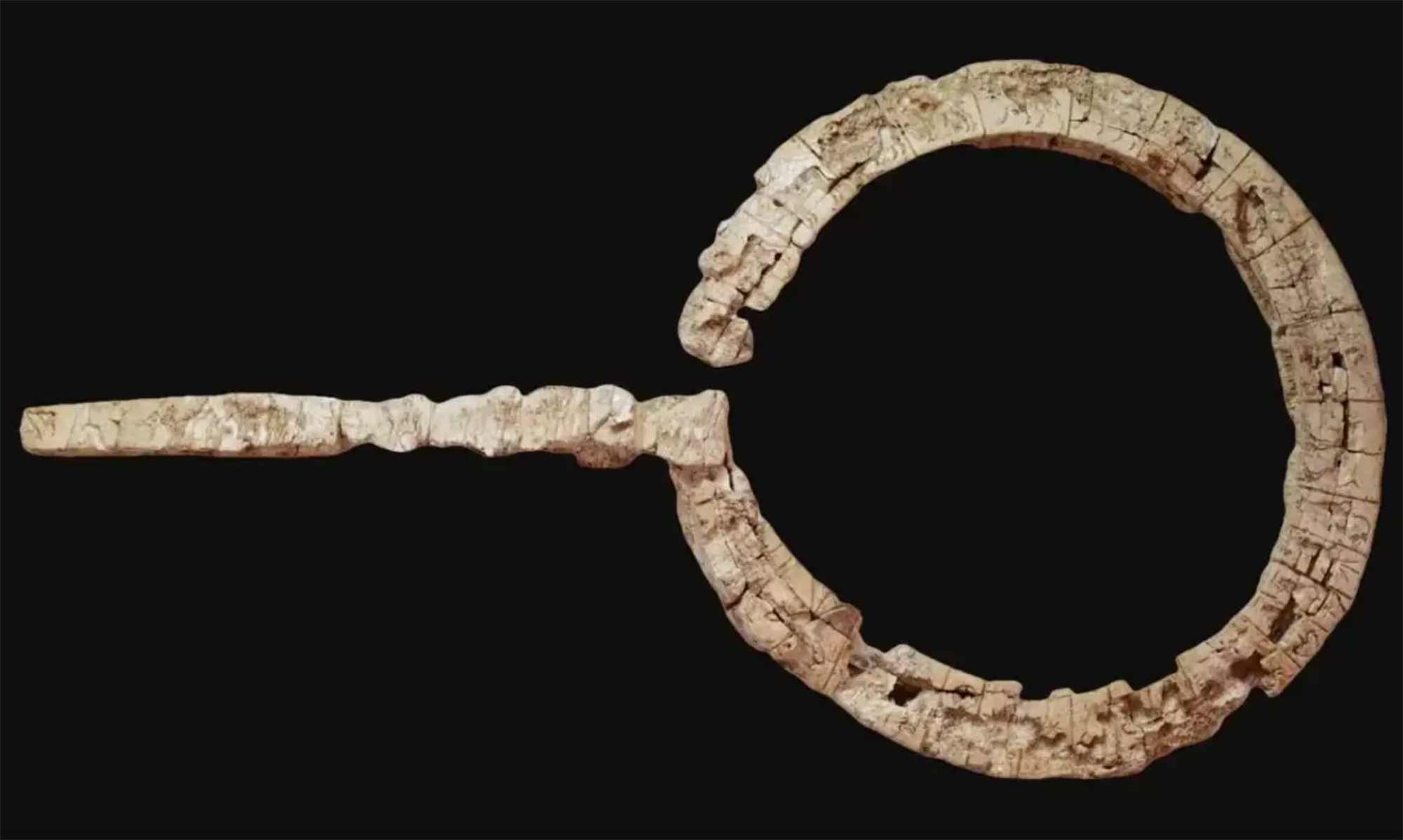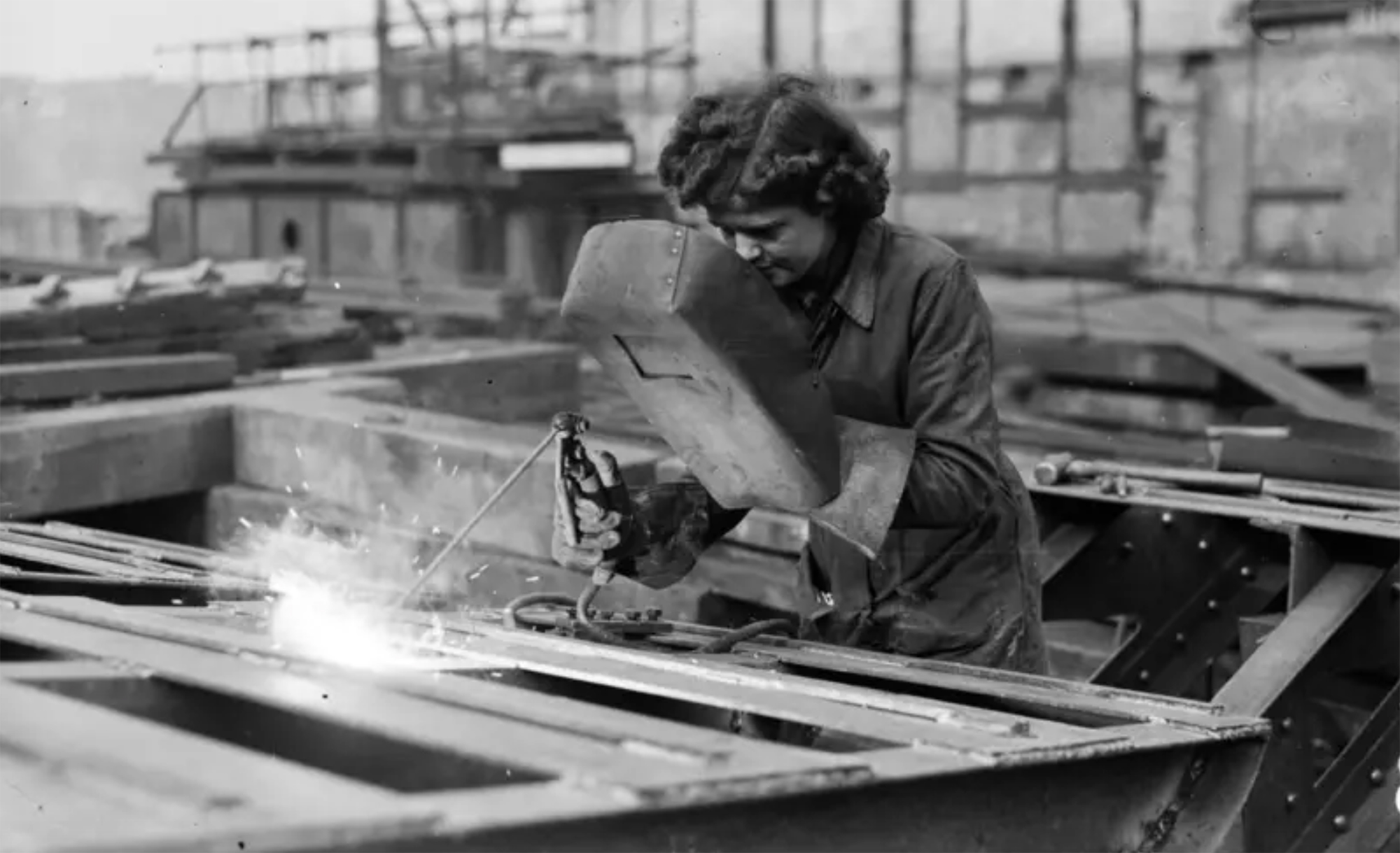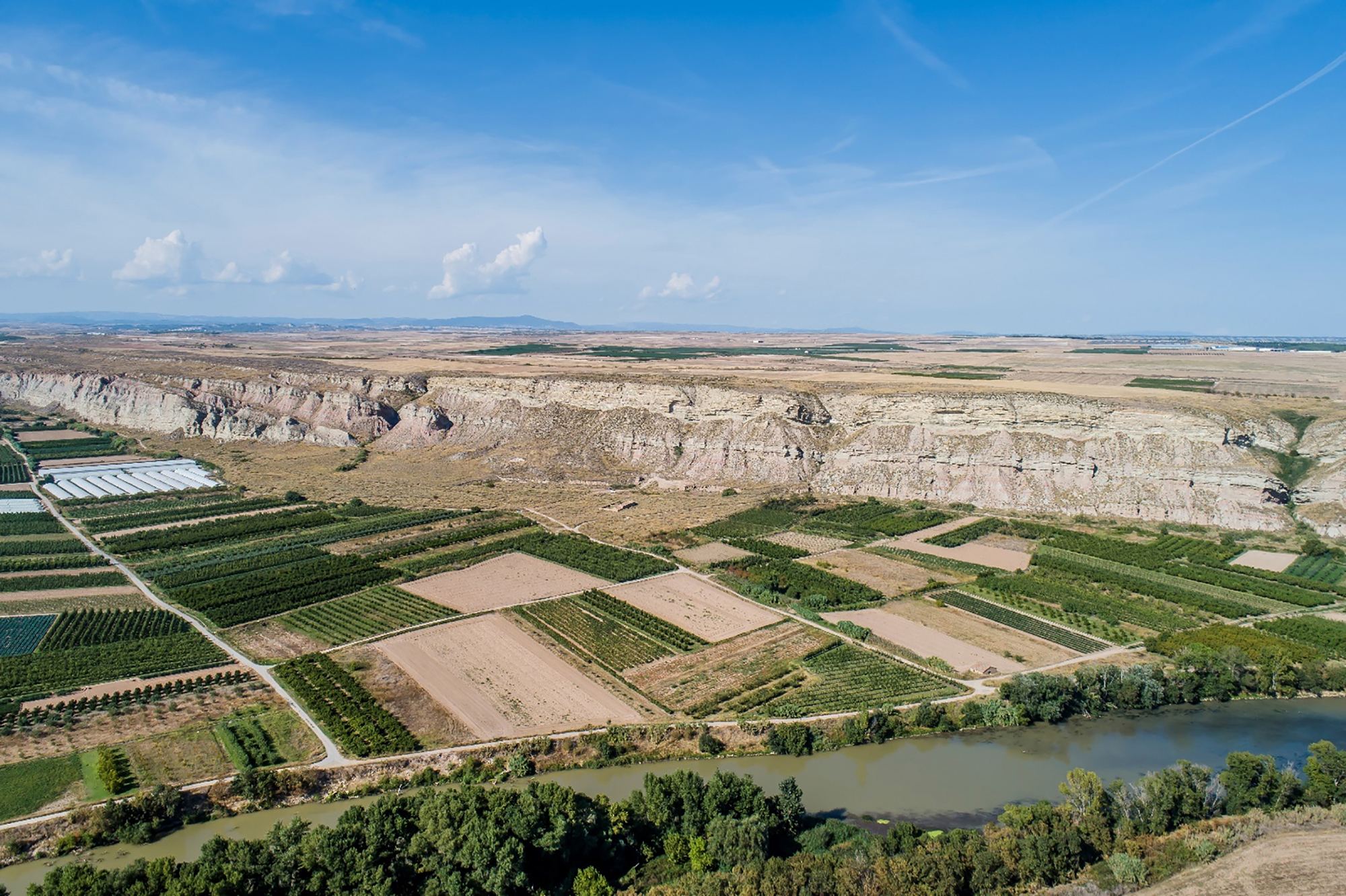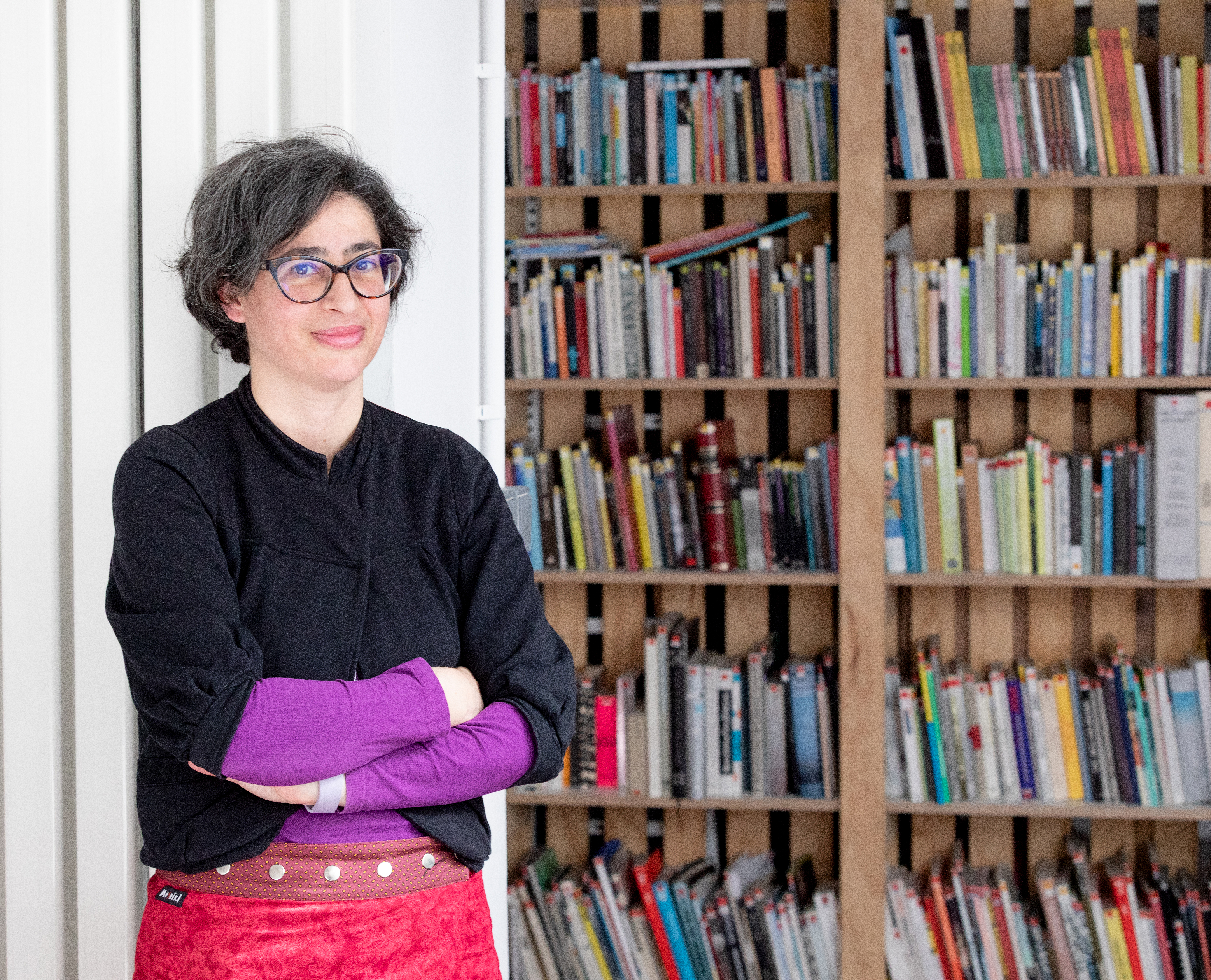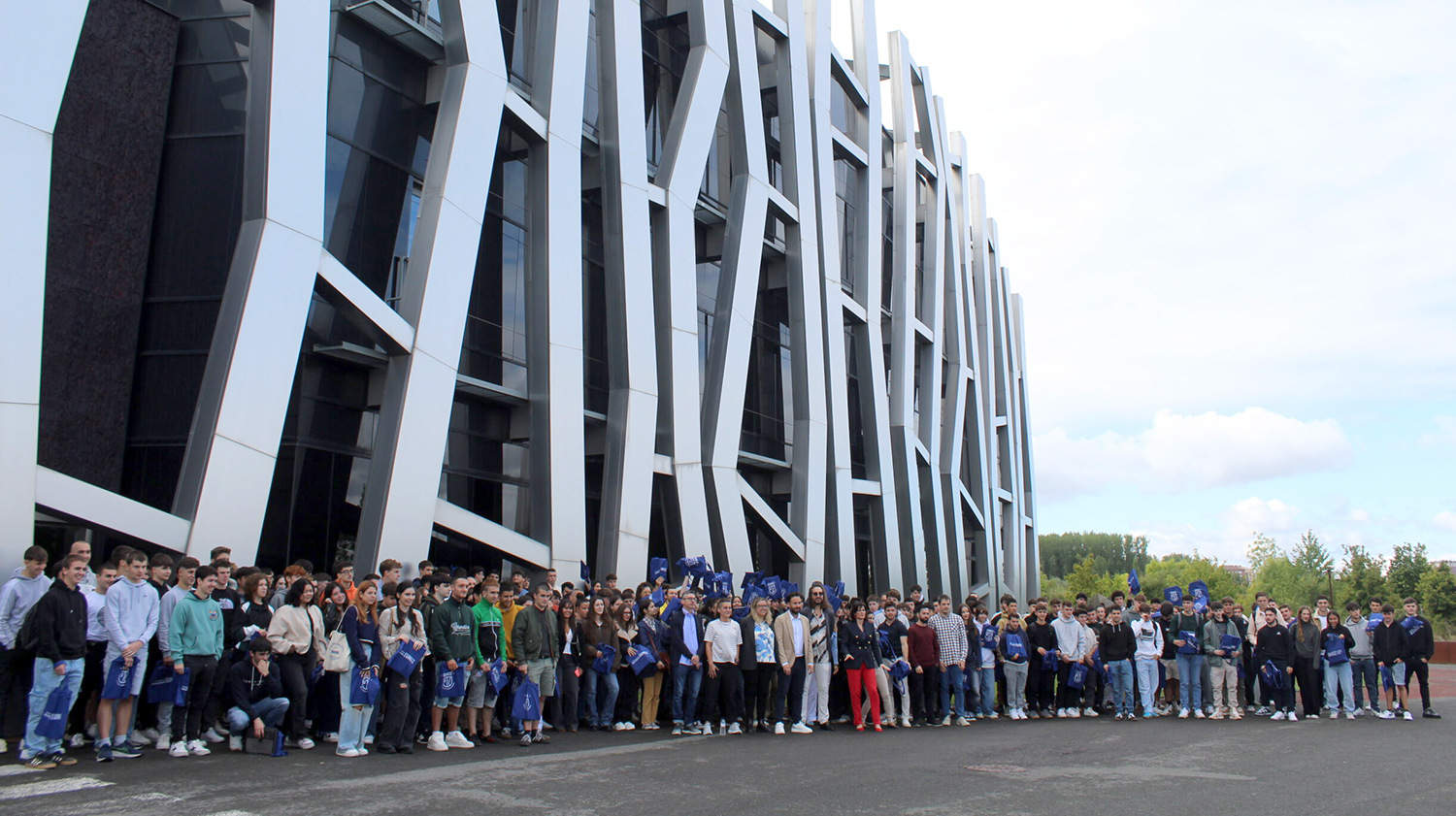Project for the exploitation of natural resources in Otxandio
- Instead of bringing water from afar, the otxandium prefer to keep the streams clean and explode them autonomously according to their needs. The Herri Ola participatory structure has worked on various projects focusing on energy sovereignty, work and sustainability.
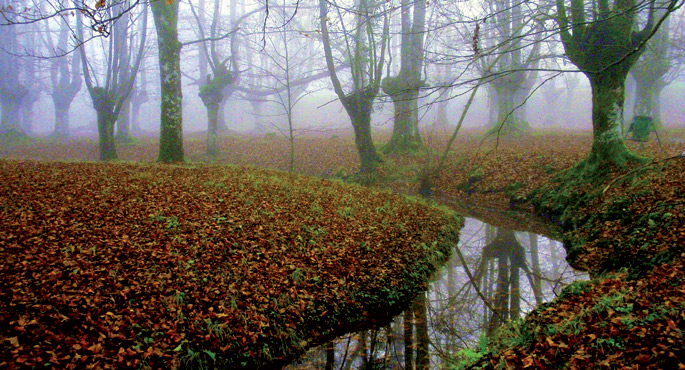
As a result of the participatory process Herri Ola, the City Hall promoted the search for more sustainable ways to meet basic needs. The municipal representative, Pello Otxandiano, explained that four axes have been addressed: sustainability, participation, the Basque Country and solidarity.
A number of project tables have been added, one on water supply. They decided not to join the Bilbao Water Consortium, which encompasses all the municipalities of the area and practically all of Bizkaia. They do not agree to manage a natural and necessary resource such as water “based on economic benefits”. For example, between 2011 and 2015 the consortium has decided to raise water rates by 40% by Europe’s order. According to Otxandiano, they are able to collect the water from the village with the resources they have in Otxandio.
The strategic projects presented go beyond mere supply and seek to recover the ecosystems from the streams of the area. To this end, it has been concluded, inter alia, that water consumption must be reduced and alternative treatment given to dirty water. The objective is the construction of a sustainable purification plant, although, as explained, they have been refused economic aid because they are outside Bilbao Waters.
Face the cold winter
Otxandio is located between the Gorbea and Anboto mountains, where Ibon Gaztañazpi is located. Next to Ubide, it is the highest town in Bizkaia, 560 meters high. So the winters are especially cold. The very name of the people refers to climatology according to some theories. Otxandio, apparently, could be the derivative of “very cold.”
Winters are very cold and require an efficient and affordable heating system. The increase in invoices issued in recent years has concerned citizens, who have also sought alternatives in this area. First, they compared the study of the heating network that will link housing with some renewable energies. They have identified bio-metering and biomass as the energy supplies of this heating system of the future. In other words, they want to turn organic waste into a source of heat. Therefore, it is an area directly related to the proper collection and management of garbage.
As in the entire Duranguesado, the majority of Otxandio’s neighbours are engaged in the industrial and service sectors. The exploitation of iron became the economic engine of the people until the decline of the nineteenth century with the emergence of new technologies. Starting in the second half of the twentieth century, the metallurgical industry gained strength. The proximity of the beautiful places of Urkiola and Gorbeia has favored tourism, mostly linked to mountain sports and rural homes. Despite being a suitable space for agriculture, the primary sector's activity is mainly focused on self-sufficiency.
In the Herri Ola process they have come together to address the problems of housing and work in the area. However, Otxandiano has admitted that "no concrete proposals have been made" by the Basque Government. The municipal representative has stressed that the crisis is causing many people to be in a precarious situation and that they need to do something. The issue is complicated. Municipalities have little capacity to intervene on these issues, and it is not easy to give answers without changing the general framework.
With regard to housing, for example, legal models are being studied. The challenges are many. In addition to carrying out the projects that have been worked out so far, they will have to propose new ones. The active participation of citizens requires a change in political culture. They have at least the direction set, and that's not a little bit.
Biztanleak: 1.292
Sektorekako ustiapenak: Nekazaritza eta abeltzaintza (%0,6), industria (%35,5), eraikuntza (%14,4) eta zerbitzuak (%49,4).
Industria tasa: Diru sarreren %65.
Langabezia tasa: %8,9.
Azalera: 12,43 kilometro koadro.
Artifizialdutako lur eremua: %20,95.
Udalaren osaera: Bilduk 7 zinegotzi, EAJk 2 zinegotzi.
Euskararen ezagutza tasa: %75,47.
Euskararen erabilera: %48,65.
Iturriak: Gaindegia, Eustat, Otxandioko Udala.
Linear A is a Minoan script used 4,800-4,500 years ago. Recently, in the famous Knossos Palace in Crete, a special ivory object has been discovered, which was probably used as a ceremonial scepter. The object has two inscriptions; one on the handle is shorter and, like most of... [+]
Londres, 1944. Dorothy izeneko emakume bati argazkiak atera zizkioten Waterloo zubian soldatze lanak egiten ari zela. Dorothyri buruz izena beste daturik ez daukagu, baina duela hamar urte arte hori ere ez genekien. Argazki sorta 2015ean topatu zuen Christine Wall... [+]
Gozamen aparta bezain deskribatzeko zaila dakar, norbaiten hitzak irakurri edo entzun ostean, zera pentsatzeak: “Horixe zen neu aurreko hartan azaltzen saiatu nintzena!”. Idazlea eta itzultzailea da María Reimóndez, eta galegoz aritzen da, hizkuntza... [+]
Segurtasun falta dagoen irudipena handitu dela azaldu du Eustaten azken txostenak. Gurean, Trapagaranen, Segurtasuna orain, delinkuenteen aurka manifestaziora deitu dute herritar batzuek.
Bi izan dira sentsazio hori zabaltzeko arrazoiak. Batetik, udalak Udaltzaingoaren... [+]









